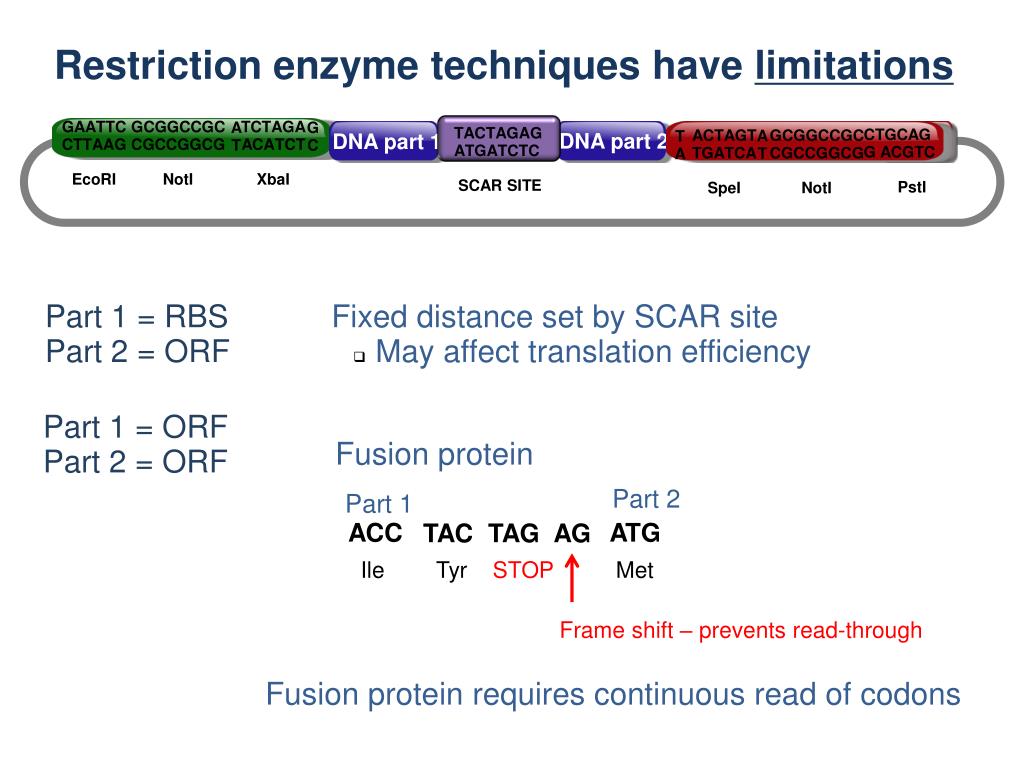
Assuming both NcoI-HF and NotI-HF are supplied at 20,000 U/mL, 0.5 µL of each enzyme would result in 1 µL total, which is only 2% of the total volume of the reaction. Adding too much enzyme, particularly if the final volume of combined enzymes is greater than 10% of the overall reaction, can lead to star activity with many enzymes. If the concentration of NcoI-HF is 20,000 U/mL, this would require 0.5 µL of enzyme. Look at the product insert or on the tube of the enzyme to find the concentration of the enzyme you are using. The concentration of restriction enzymes is typically given as U/mL or U/µL. In your reaction today, you should add 10 U of each enzyme to the reaction. It is suggested that you add a minimum of 5 U/µg of DNA. Restriction enzyme(s): In your table, you should have two different rows, one for each enzyme (NcoI-HF and NotI-HF). You can’t determine this volume yet though, because you need to calculate the amount of enzymes and DNA that will be added to the reaction. Water: You will add sterile water to bring up your final volume to the desired amount, in this case 50 µL. Since your restriction digest is going to be performed in a final volume of 50 µL, you will need 5 µL of 10× CutSmart Buffer. This means that you need 1 µL of 10× Buffer for every 10 µL of final solution. This buffer is recommended for both NcoI-HF and NotI-HF and is supplied as a 10× stock solution. The most common NEB buffer currently used is CutSmart Buffer. Volume to add ( µ L ) = Amount you want ( 1000 ng ) / Concentration ( ng / µ L )ġ0× Buffer: There are a number of different 10× Buffers available from NEB. The discriminatory power of these techniques can be increased by simultaneous use of multiple restriction enzymes. A shortcoming of many rRNA PCR-RFLP methods is that the rRNA genes are so well conserved that irrespective of the restriction enzyme used, the patterns created are indistinguishable. For bacteria, restriction analysis of amplified 16S rRNA gene is referred to as ARDRA. For yeast and fungi, PCR-RFLP of the amplified rRNA gene region is frequently called riboprinting. Depending on the target organism and purpose of analysis, amplicons of various lengths have been suggested for PCR-RFLP analysis. Conserved regions often flank these variable areas, and primers used in PCR-RFLP often are designed to bind the conserved regions. The rRNA gene sequence includes variable regions, where sequences have diverged over time.

Bacterial rRNA genes frequently are organized in an operon in the order 16S rRNA, 23S rRNA, and 5S rRNA, with each rRNA gene being separated by an internal transcribed spacer (ITS) region. Restriction digests of rRNA genes or gene regions are commonly used to examine variability and identity of organisms. Björkroth, in Encyclopedia of Food Microbiology (Second Edition), 2014 PCR-RFLP Analysis of rRNA Genes Gel purification followed by DNA precipitation is once again required following dephosphorylation.Į. CIP can either be inactivated by proteinase K or by heating to 65 ☌ for 1 h or 75 ☌ for 10 min. BAP is more active than CIP and as a result is much more resistant to heat and detergent inactivation. Following dephosphorylation, complete inactivation of the enzyme is essential if the subsequent ligation reaction is to work efficiently. Two enzymes that are commonly used for dephosphorylation reactions are calf intestinal alkaline phosphatase (CIP) 115 or bacterial alkaline phosphatase (BAP) 116,117 in both cases, the reaction is typically allowed to proceed for 30 min at 37 ☌. If the ends of the restricted DNA are not identical, dephosphorylation is not necessary, since the noncomplementary ends of the vector should not be able to ligate one another. Regardless of whether a single or double restriction digest is done, the 5′ phosphate groups of the vector must be removed, if restriction digest provides identical termini, in order to prevent self-ligation (i.e., recyclization) of the vector from taking place during the subsequent ligation step.
#Noti enzyme free
Restriction digest creates free phosphate groups on the 5′ ends of the DNA. Miller, in Comprehensive Natural Products Chemistry, 1999 7.18.6 Dephosphorylation

The Certificate of Analysis (COA) is a signed document that includes the storage temperature, expiration date and quality controls for an individual lot.John D.


 0 kommentar(er)
0 kommentar(er)
